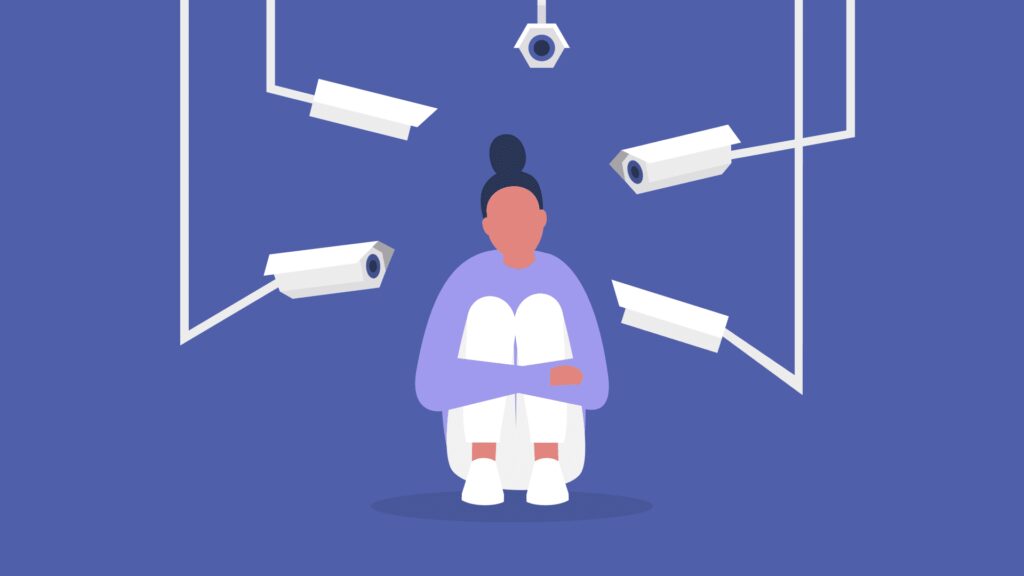Hidden cameras are being found in hotel rooms, house rentals, cruise ships, and even airplane bathrooms, leaving many travelers to wonder:
“Could a hidden camera be watching me?”
Spycams, as they’re called, are getting smaller, harder to find and easier to buy.
From alarm clocks to air fresheners, water bottles and toothbrush holders, cameras come embedded in common household items that seamlessly blend with home decor. They can be purchased in shops or online, and through retailers like Amazon and Walmart.
And rather than having to retrieve the camera to obtain the recording, owners can stream live images straight to their phones, said Pieter Tjia, CEO of the Singapore-based tech services company OMG Solutions.
Even worse, voyeurs can sell the footage to porn sites, where it can be viewed thousands of times.
It’s no wonder why websites, from YouTube to TikTok, are filled with videos of people recommending simple ways to find hidden cameras.
But do they these suggestions work?
To find out, Tjia and his team hid 27 cameras in a home, and then provided CNBC with commonly recommended devices to find them.
In total, CNBC conducted five rounds of tests to see which method was the most effective.
Test 1: Using the ‘naked eye’
First, we examined the rooms using the easiest and cheapest method of all: the “naked eye” test.
My colleague, Victor Loh, went from room to room, noting that nothing seemed out of place or suspicious. After 20 minutes of searching, he found one camera embedded inside a working clock — tipped off because the time was wrong.
“I found one,” he said. “But it’s so well camouflaged.”
Cost: $0 | Cameras found: 1
Test 2: Using a mobile phone
For this round, Victor downloaded a popular app called Fing, which scans Wi-Fi networks for cameras. He also used his phone’s flashlight to make it easier to see camera lenses, a common online recommendation.
The app showed 22 devices were connected to the home’s Wi-Fi — but no cameras.
Tjia explained that when members of his…
Read the full article here





